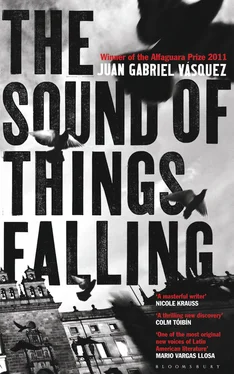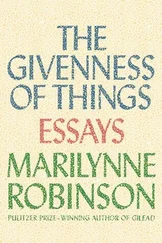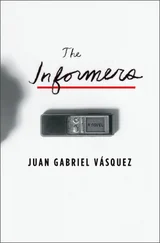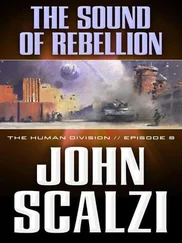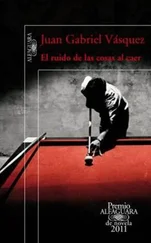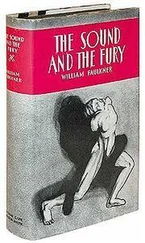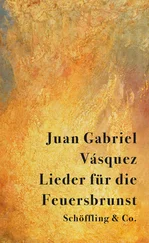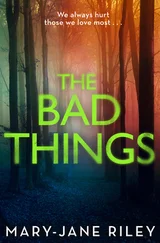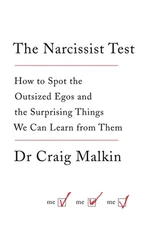Maya considered the idea. ‘It’s true,’ she said. ‘At least she wasn’t scared.’
‘What would she have been thinking of?’ I said. ‘Have you ever wondered, Maya? What would Elaine have been thinking of at that moment?’
Sounds of anguish began to be heard. An electronic voice delivered desperate warnings to the pilots: ‘Terrain, terrain.’ ‘I’ve asked myself a thousand times,’ said Maya. ‘I had told her quite clearly that I didn’t want to see him, that my dad had died when I was five and that was that, nothing was going to change that. Not to try to change things for me at this stage. But then I was a wreck for several days. I got sick. I had a fever, a high fever, and feverish and all I still went out to work in the hives out of fear of being home when my dad arrived. What would she have been thinking? Maybe that it was worth a try. That my dad had loved me very much, had loved us both, and that it was worth trying. She called back another time and tried to justify what my dad had done, said that in those days everything was different, the world of drug trafficking, all that. That they were a bunch of innocents, that’s what she told me. Not that they were innocent , no, that they were innocents , I’m not sure if you realize what a distance there is between the two concepts. Anyway, it’s the same. As if innocence might exist in this country of ours. . Anyway, that was when my mother decided to get on a plane and fix things up in person. She told me she was going to get on the first flight she could. That if her own daughter was going to shoot her, well she’d just take it. That’s what she said to me, her own daughter. That she was just going to endure it, but she wasn’t going to be left wondering what might have happened, full of doubts. Oh, now we’re at this part. It’s so painful, incredible, after all this time.’ ‘Shit,’ said the pilot on the recording. ‘Up, baby,’ said the pilot. ‘Up.’
‘The plane is crashing,’ said Maya.
‘Up,’ said the captain in the black box.
‘It’s OK,’ said the first officer.
‘They’re going to be killed,’ said Maya, ‘and there’s nothing to be done.’
‘Up,’ said the captain. ‘Easy does it, easy.’
‘And I didn’t get to say goodbye,’ said Maya.
‘More, more,’ said the captain.
‘OK,’ said the first officer.
‘How was I supposed to know?’ said Maya. ‘How could I have known, Antonio?’
And the captain, ‘Up, up, up.’
The cool early morning filled up with Maya’s weeping, soft and fine, and also with the singing of the first birds, and also with the sound that was the mother of all sounds, the sound of lives disappearing as they pitch over the edge into the abyss, the sound made by Flight 965 and all it contained as they fall into the Andes and that in some absurd way was also the sound of Laverde’s life, tied irremediably to that of Elena Fritts. And my life? Did my own life not begin to throw itself to the ground at this very instant, was that sound not the sound of my own downfall, which began there without my knowledge? ‘So you fell out of the sky, too?’ the Little Prince asks the pilot who tells the story, and I thought yes, I’d fallen out of the sky too, but there was no possible testimony of my fall, there was no black box that anybody could consult, nor was there any black box of Ricardo Laverde’s fall, human lives don’t have these technological luxuries to fall back on. ‘Maya, how is it that we’re hearing this?’ I said. She looked at me in silence (her eyes red and flooded, her mouth looking devastated). I thought she hadn’t understood me. ‘I don’t mean. . What I want to know is how this recording came. .’ Maya took a deep breath. ‘He always liked maps,’ she said.
‘What?’
‘Maps,’ said Maya. ‘He always liked them.’
Ricardo Laverde had always liked maps. In school he always did well (always in the top three of his class), but he did nothing as well as he drew maps, those exercises in which the student had to draw, with a soft leaded pencil or a nib or a drawing pen, on tracing paper and sometimes on wax paper, the geographies of Colombia. He liked the sudden straight line of the Amazon trapezoid, he liked the tempered Pacific coast like a bow without an arrow, he could draw from memory the peninsula of La Guajira and blindfolded he could stick a pin in a sketch, as others might pin the tail on the donkey, without a second thought, to show the exact location of the Nudo de Almaguer. In all of Ricardo’s scholastic history, the only calls from the discipline prefect came when they had to draw maps, for Ricardo would finish his in half the allotted time and for the rest of the class he’d draw his friends’ maps in exchange for a 50-centavo coin, if it was a map of the political administrative division of Colombia, or a peso, if it was hydrography or a distribution of thermic levels.
‘Why are you telling me this?’ I said. ‘What’s it got to do with?’
When he came back to Colombia, after nineteen years in prison, and had to find work, the most logical thing was to look where there were planes. He knocked on various doors: flying clubs, aviation academies and found them all closed. Then, following a sort of epiphany, went to the Agustín Codazzi Geographical Institute. They gave him a couple of tests, and two weeks later he was flying a twin-engine Commander 690A whose crew was composed of a pilot and co-pilot, two geographers, two specialized technicians and sophisticated aero-photography equipment. And that’s what he was doing for the last months of his life: taking off in the early morning from El Dorado Airport, flying over Colombian airspace while the camera in the back took 23 by 23 negatives that would eventually, after a long laboratory and classification process, end up in the atlases from which thousands of children would learn the tributaries of the River Cauca and where the Occidental Cordillera begins. ‘Children like our children,’ said Maya, ‘if either of us ever has any kids.’
‘They’ll study Ricardo’s photos.’
‘It’s nice to think,’ said Maya. And then, ‘My father had made good friends with his photographer.’
His name was Iragorri. Francisco Iragorri, but everyone called him Pacho. ‘A skinny guy, about our age, more or less, one of those with the features of the baby Jesus, pink cheeks, upturned nose, not a single hair to shave.’ Maya tracked him down and called him and invited him to come to Las Acacias at the beginning of 1998, and he was the one who told her what happened on Ricardo Laverde’s last night. ‘They always flew together, after the flight they’d have a beer and say goodbye. And a couple of weeks later they’d meet up at the Institute, at the Institute laboratory, and work together on the photos. Or rather Iragorri would work and let my father watch and learn. To do photo finishing. To analyse a photo in three dimensions. How to use a stereoscopic viewfinder. My father enjoyed all that with childlike enthusiasm, Iragorri told me.’ The day before he was killed Ricardo Laverde had showed up at the lab looking for Iragorri. It was late. Iragorri thought the visit wasn’t to do with work, and a couple of sentences, a couple of glances later, understood that the pilot was going to ask him for a loan: nothing easier than anticipating financial favours. But he wouldn’t have guessed the reason in a thousand years: Laverde was going to buy a recording, a black box recording. He explained to Iragorri what flight it was from. He explained who had died on that flight.
‘The money was for some bureaucrat who was going to get him a copy of the cassette,’ said Maya. ‘It seems something like that is not so difficult if you have the right contacts.’
The problem was the amount of the loan: Laverde needed a lot of money, more, obviously, than anyone would have on hand, but also more than a person could withdraw from a cash machine. So the two friends, the pilot and the photographer, made a decision: they stayed there, wasting time in the facilities of the Agustín Codazzi Geographical Institute, in the darkroom and the restoration offices, amusing themselves with old contact sheets or fixing the topography on a job they were behind on or rectifying wrong coordinates, and at about eleven thirty they went to the nearest cash machine to withdraw the maximum amount allowed and did so twice: once before and once after midnight. So they tricked the machine’s computer, that poor apparatus that only understands digits; that’s how Ricardo Laverde acquired the amount of money he needed. ‘Iragorri told me all that. It was the last piece of information I could find,’ Maya told me, ‘until I learned that my father was not alone when he was shot.’
Читать дальше
